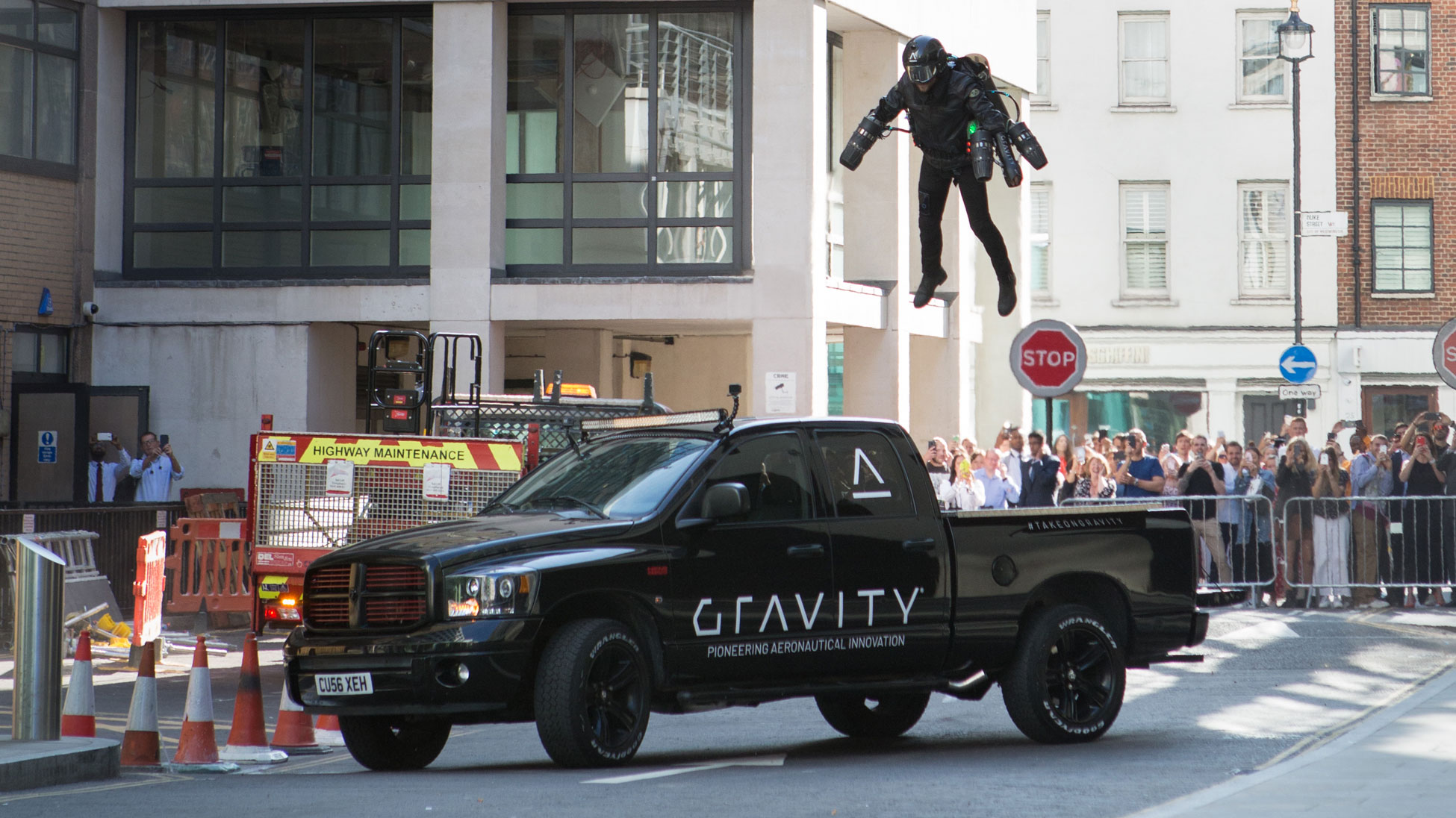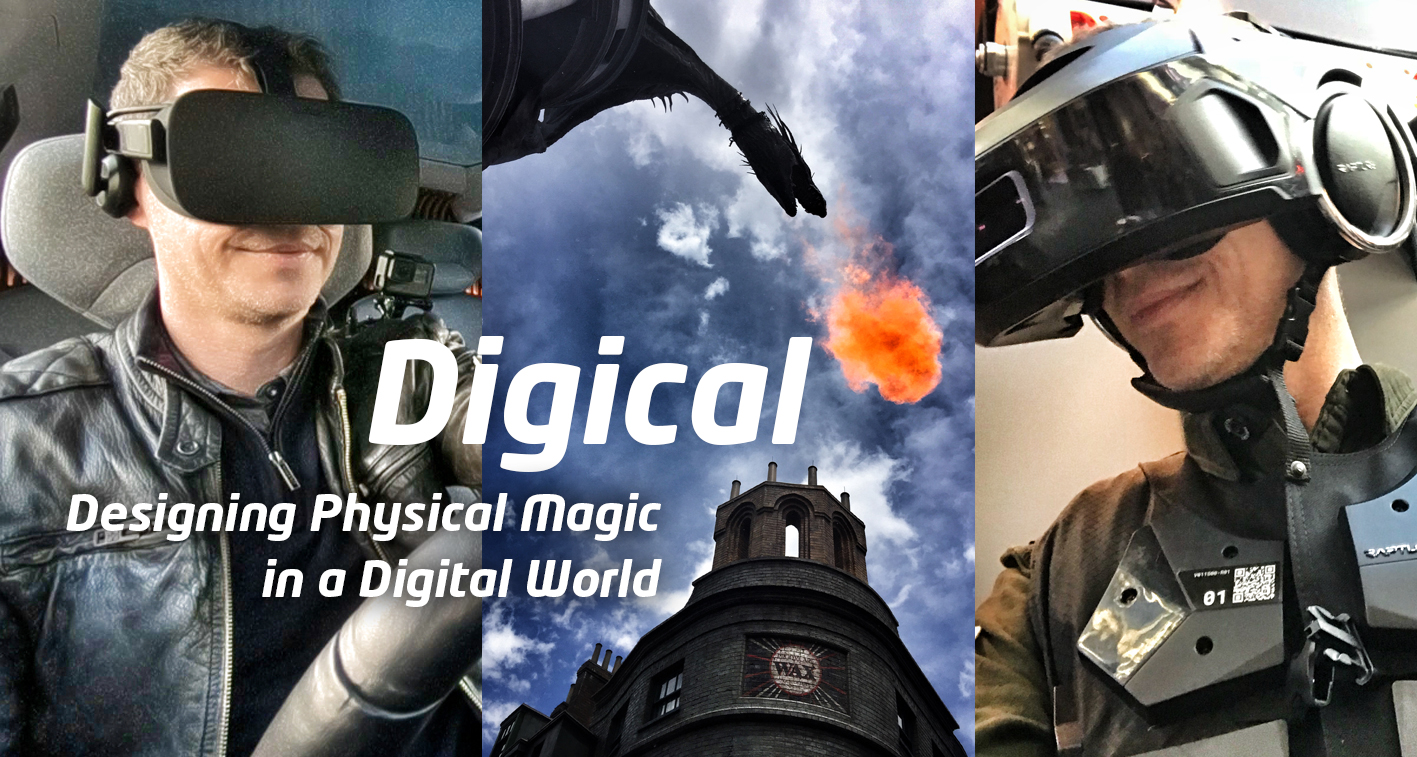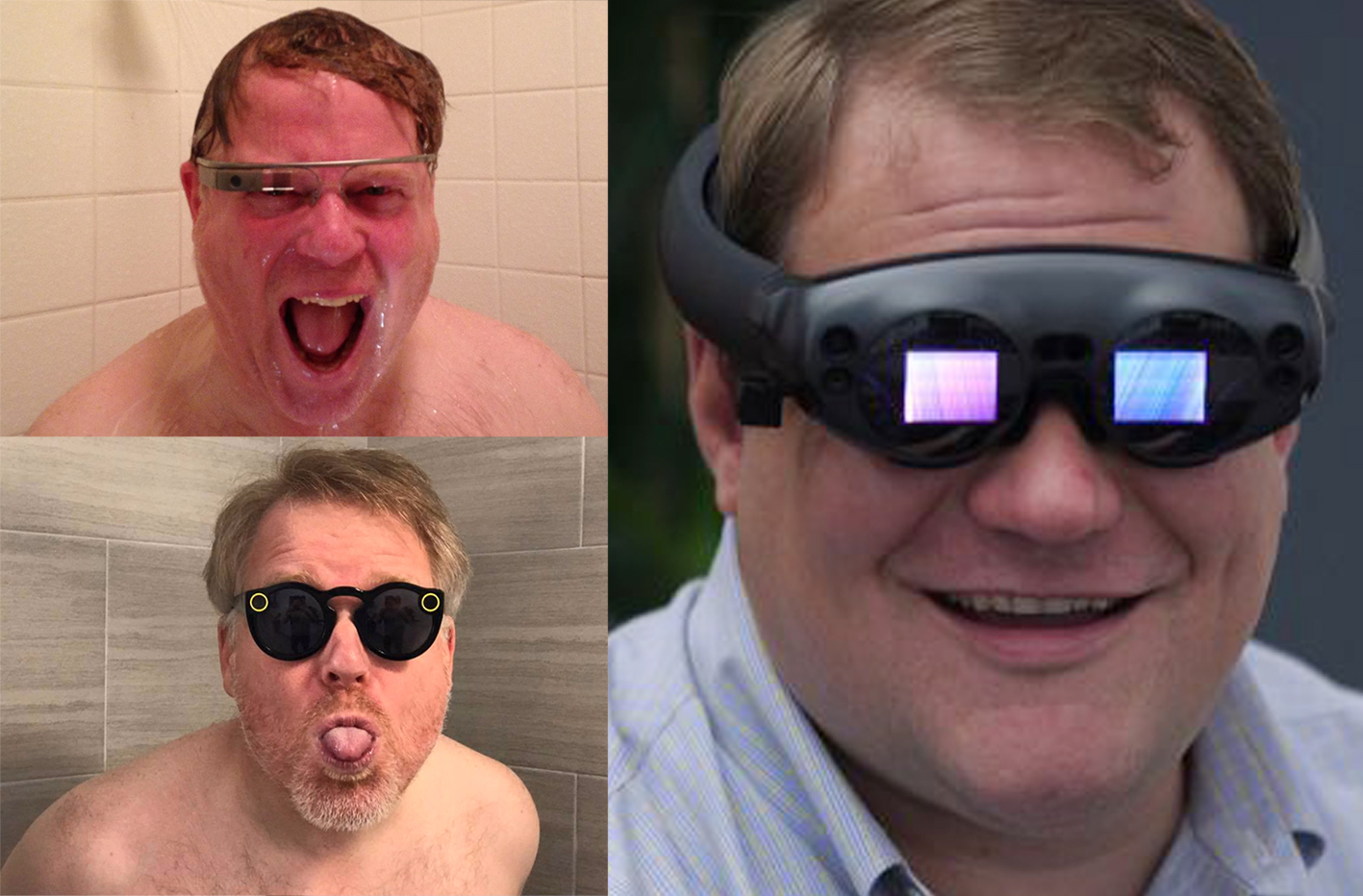Belief. It’s an emotive word. It comes from the heart and makes the overused ‘authenticity’ seem contrived, because all-too-often it is.
Ironically, there’s an honesty in “helping our audience believe” because that’s how advertising and storytelling works. “Making it feel authentic” suggests a level of trying too hard without offering the small print.
It’s why Steve Jobs captivated an audience. We hung on every word. We believed – because he wasn’t simply selling us a product, he was living it. If we believe the person telling the story also rolls up their sleeves and gets under the skin, we feel their pain or share in their joy. We didn’t care that Steve knew how to sell and manipulate the narrative. Our focus wasn’t on authenticity, we simply believed.
Of course consumers, peers or investors know they’re being sold a story and the details, benefits and projections are important – but the magic lies in a collective belief. Once you invite the spark inside, the next step is to help the fire spread and the skill lies in developing a controlled burn rather than a blazing inferno.
I still believe Apple offers a reliable, quality product and experience that seamlessly weaves together all the digital touch-points of my life. But I no longer believe any of it will excite me – not like the Macintosh, the first Titanium PowerBook, the clamshell iBook, the first, second and third-generation iMac, the beautiful Cube or the iPod. Steve would be furious to discover the most exciting thing Apple has produced in the last decade is an orange prosumer smartphone!
As you know, this platform is full of AI. Posts about it, posts generated by it, posts about posts generated by it and posts generated by it about posts generated by it. The algorithm will probably never even show you this!
At college, a couple of fellow students and I devised a way to streamline the design process. There will always be design requirements that fall into the “that’ll do” category. If you identify this early on, you’ll clear the deck for work that deserves greater focus. Artificial Intelligence (and even Canva) offers quick wins for some design work that never really needs deep thought or skill. So stop pushing AI-generated slop that supposedly champions creativity and get better at identifying where it actually helps, so we can believe in the substance of a product, service or brand. AI won’t dilute humanity – humans inappropriately eulogising AI will.
I was contemplating the concept of time travel last week – as I so often do – and realised how believable period fiction is when actually written in that time.
More so than film or TV or the most immersive VR, if you read an author's words from the 1970's or earlier and they don't reference a mobile phone, it's because they have no knowledge of the technology’s existence rather than trying to 'unthink' them. We fully believe the time in which the story is set because it feels rooted in the period – and with our own brains supplying the visuals, we're not distracted by contemporary actors who we recognise from another time and place.
I still love the Christopher Reeve and Jane Seymour movie 'Somewhere In Time' (itself an adaptation of the novel 'Bid Time Return') that tackles the theory of total time belief in order to experience it.
The first Christmas after my Dad died, cards arrived at the house from friends that hadn’t heard the news of his passing. They believed he was still alive – and to them, he was. This was the purist form of storytelling because unless they were told otherwise, there was no reason to dispute the ‘facts’.
The very best creative work in film and TV makes us believe in what we’re seeing on screen. But this translates to confidence in the studios and channels – I believe I’ll have engaging, entertaining content to watch on Paramount+, Disney+ or Netflix. It doesn’t need to feel authentic, but I believe I’ll continue to be entertained (unless we accept AI-generated scripts and actors).
As Designers we have problems to solve and the privilege to offer beautiful experiences to excite or empower an audience. But without belief we have no audience – and that’s the huge burden of responsibility at the feet of Marketing and Communication.
We have brilliant stories to tell, of magic to weave and no matter how much effort we focus on that being authentic, none of it matters if consumers don’t believe the story – and the brand.
Steve Jobs championed the art of ‘Thinking Different’ and that’s something uniquely human when we follow a tangent, deliver something unexpected and give us all a reason to believe.
Without belief, authenticity is powerless.
"Here's to the crazy ones, the misfits, the rebels, the troublemakers, the round pegs in the square holes ... the ones who see things differently. They’re not fond of rules, and they have no respect for the status quo.
You can quote them, disagree with them, glorify or vilify them, about the only thing you can't do is ignore them because they change things.
They push the human race forward, and while some may see them as the crazy ones, we see genius, because the people who are crazy enough to think they can change the world, are the ones who do.”
Steve Jobs












